Call Our Sussex Damp Experts team now for quote, consultation and advice:
Call on 01273 257 765.

You must first determine the type of damp you are dealing with before considering insulation and damp proofing. Rising damp and penetrating damp are the two basic types of damp.
Check to see if your home has a damp proof course installed. Salts will appear on the interior of your walls if there is no damp proof course that is correctly bridged. If there is no protection against rising damp, these salts form a crystallised powder that appears on plaster. Typically, the plaster must be removed, and a new damp proof course erected.
Condensation or penetrating damp causes black mould and mildew patches. Mould is sometimes accompanied by a musty odour and something against the wall. Better ventilation is one remedy for penetrating moisture, however damp proofing external walls is a far more effective approach.
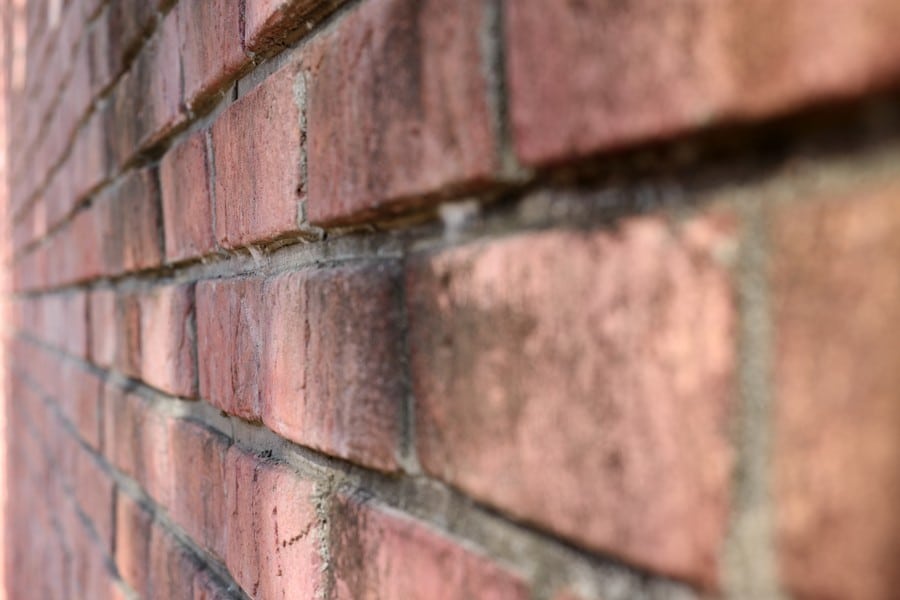
Broken or missing mortar courses in outer walls, damaged stone windowsills, insufficient sealant around doors and windows, and poorly kept wooden doors and windows can all contribute to internal dampness.
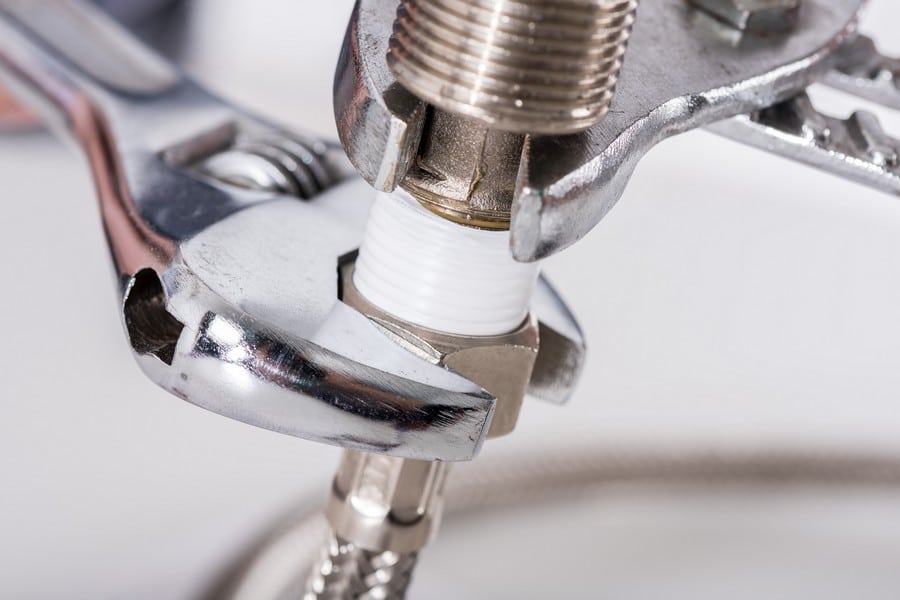
A modest plumbing leak can cause a significant and noticeable moist patch; the water escaping may be small, but it is usually continuous and concentrated in the same spot. Due to the heavy, recurring wetness, the area consumes more moisture than it can expel, and the excess spreads to surrounding areas.
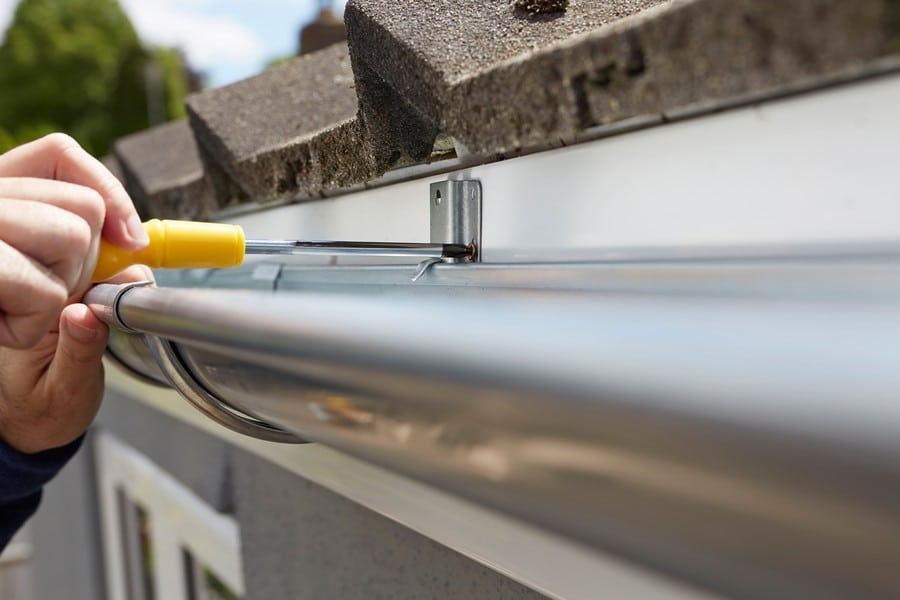
A wet spot in your home or yard may be the result of poor guttering. Gutters can be a moisture source. This is likely to happen if most of the network is coated with trash, grime, and dirt.
Dampproofing your walls will protect your home from moisture and the harm that comes with it. Porous outside walls are built of concrete, bricks, and other similar materials. In other words, if left untreated, they will attract moisture.
There’s a reason why external walls need to be moisture-proof. Mould and dampness are severe issues that can be dangerous to your health. When your exterior walls are exposed to water, you’ll have a problem.
It’s usually rain, but it could also come from another source of water. Water can get through your masonry and migrate laterally from the outside to the inside. The water is getting in through the gaps in the bricks.
In some circumstances, if there is a steady stream of rain, your walls may remain damp and not have a chance to dry out. As a result, the heat conductivity of your home is drastically lowered.
The overall water absorbency of your walls is affected by pointing and brickwork cracks. Water absorbs differently in different locations, with some absorbing more than others. Due to penetrating wetness, the result is damp patches.
Salts that have washed out of the brick can be found in damp places. They can erupt through the paint and blow the plaster apart. Damp patches can also be cold places on the wall.
Cold regions encourage moisture from your internal air to condense much more. As a result, you lose three times as much heat as the adjacent wall. Your damp walls are getting damper, in the vein of “the rich are getting richer.”
When water penetrates the brickwork, it causes cracks to emerge on the exterior walls. The freeze-thaw cycle permits more water to enter the system, eventually worsening the condition with each passing day. Mould can also grow on the outside walls of your property, lowering its aesthetic value.
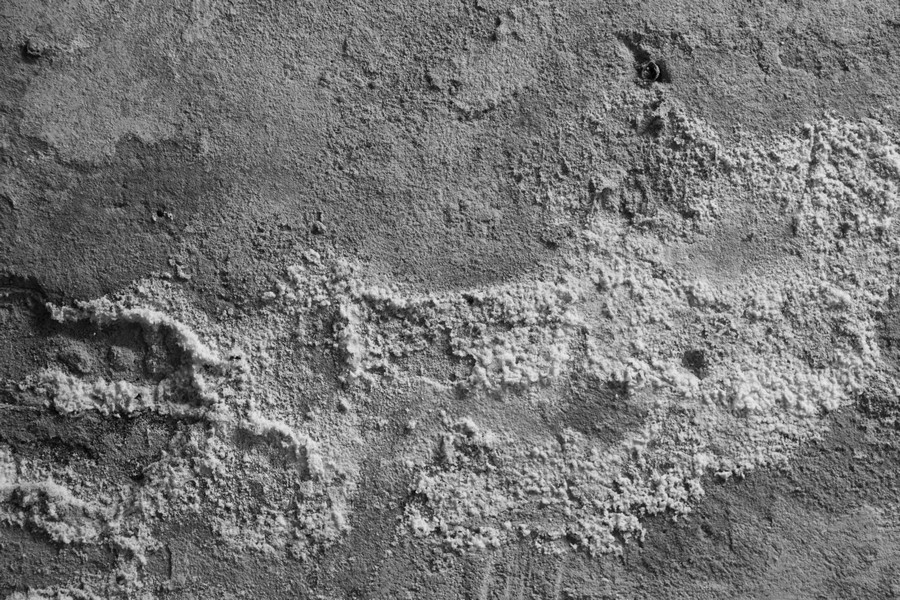
Installing wall insulation will help with the current damp problem you’re experiencing and avoid future damp issues. Before applying the paint, the installation process comprises cleaning and fixing the walls. Our skilled professionals will evaluate your walls, clean them, correct any fractures that allow moisture to get through, repair the render if necessary, and then apply exterior wall coating.
Before applying the standard coating, the primer coat is put to the wall surface. This priming coat ensures a strong adhesion between the surface and the substrate, as well as a long-lasting appearance. The exterior wall coating application, on the other hand, consists of a protective wall coating available in a variety of colours and textures. We’ll use industrial machinery to ensure you get the high-quality finish you deserve. Are you still looking for more expert tips on how to improve the exterior of your home? Get started today by dialling 01273 257 765 or contacting us!
Call Our Sussex Damp Experts team now for quote, consultation and advice:
Call on 01273 257 765.
Because brick walls are not waterproof, it is critical to apply exterior wall coatings. The use of cavity walls and impermeable materials in modern dwellings does not totally eliminate penetrating damp generated by external water sources. Excess moisture and humidity inside brick walls eventually deteriorate them and can even lead to the growth of black mould inside the house.
Water repellent creams penetrate deeply into the bricks and stone, and their thick consistency prevents run-off, forming one of the most reliable exterior wall coatings. The cream’s chemical ingredients push water to create beads by forming an invisible barrier that prevents water from penetrating. Another benefit of the cream is that it allows the walls to breathe by evaporating any moisture in the construction. Exposed bricks can keep their original appearance and stay dry by using water repellent lotions.
Before we begin waterproofing, we mustn’t overlook the root cause of penetrating damp. Before starting the brick waterproofing treatment, all cracks, broken mortar, and flaws should be corrected. Waterproof cream is one possibility of external wall coatings. It only can be applied to the walls after the structure of the building has been rebuilt. This creates a transparent barrier between the outside and the outside moisture, protecting the building from pollution, frost, and rain.


The cost of treatment, repair, and damp proofing is determined by several factors, including the size of the house, its architecture, the type of damp, and the materials used, to mention a few.
Because there are so many details to consider, call our fully experienced staff at 01273 257 765 to schedule a damp and timber survey. One of our cheerful staff members will evaluate the house and thoroughly grasp the problem, as well as what are appropriate damp remedies, before presenting you with the most cost-effective quotation.
When it comes to damp proofing treatments, expert re-plastering, wood preservation, and damp assessments, Sussex Damp Experts maintains high standards and is fully insured!
We provide highly customised, competent, and trustworthy damp proofing treatment and repair services to individuals, local governments, small enterprises, and commercial building owners and managers while appreciating communication with our staff.
So give us a call at01273 257 765 right now to discuss your needs with a member of our pleasant staff.
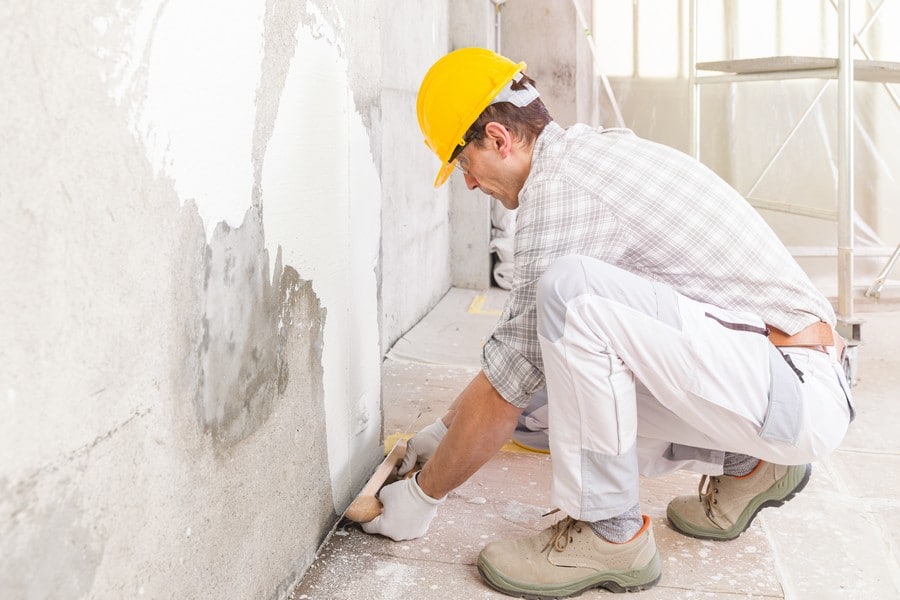


Max and his team have been at our property all week and I really can’t thank them enough for the fantastic job they’ve done on plastering both our walls and ceilings. They have literally transformed the appearance of our house! Not only has Ma…

From start to finish Max has been incredable. His knowledge lin damp proofing is second to none and his team where very clean and polite. The plastered finish was like glass so happy we choose Max Plastering for job.

Lovely bunch of lads left a very neat and clean job. Problem was solved.

Perfect Finnish and all left clean and tidy and no mess. Used Max previously and would not hesitate to ask him carry out more work.

Max, Harvey and Stuart arrived promptly as arranged. Done a great job on our outside rear wall. Work completed to a high standard, removal of all old material and cleaned up after themselves. I am so pleased with the standard of their work they ar…

They turned up on time and carried out the works in a very professional manor leaving the front of the house clean and tidy. Very impressed would definitely recommend.

I have to say that on every level Max (with Stuart and Harvey) did an extremely professional job! They explained what they were going to do, they were polite and courteous and respected that they were coming into our home. The plastering is of the…

I called max and he managed to come around the same day to do a survey. The next day I received an extremely detailed survey compared to any other damp proofer which made me feel very at ease that he was going to do the right job. Max and team tur…

Contact Sussex Damp Experts Now to Speak With an Expert.